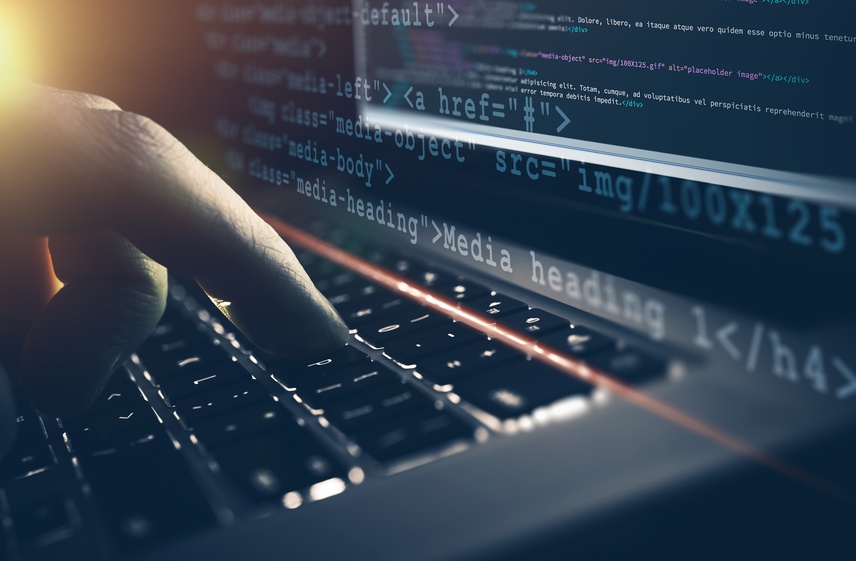A California startup company is looking to reduce the tragedy of one of the world’s most infamous natural disasters: earthquakes. According to the National Public Radio, startup company One Concern is looking to use machine learning and artificial intelligence to assist firefighters in planning and responding to earthquakes.
One Concern intends to use algorithms to accurately predict the damage of a given earthquake to help firefighters plan a more effective disaster response.
Chief technology officer Nicole Hu says that the company’s computers would only need to be given three categories of data.
The computers first need to know key information about the homes and surrounding buildings such as when they were built, how likely they are to collapse, and what they’re made from.
Next, the computers need to know what the natural environment is like such as the general humidity and the makeup of the soil.
Finally, the computers need what Hu calls live instant data. This data includes the weather at the time the earthquake happens, the traffic in the area, and the magnitude of the earthquake.
The computers would then use this data to make informed predictions, which it would compare to past data from previous earthquakes in the area. If the predictions don’t match up, the computer is capable of revising its predictive models in a learn-as-it-goes approach.
One Concern’s computers aren’t only capable of analyzing past earthquakes, either. According to Gregory Deierlein of Stanford University who consulted for One Concern, the computers are able to make adjustments to its predictions in real time as an earthquake is happening.
“Those sort of things used to be research projects,” Deierlein said. “After an event, we would collect data and a few years later we’d produce new models.” However, with One Concern’s algorithms, the new models are capable of being created within minutes.
The goal is to identify a city’s most vulnerable areas to prioritize medical attention. Compared to the 6 million car accidents that occur on American roads every year, there are up to 100,000 earthquakes in California annually.
In fact, you have a one in 3,500 chance of being killed in a natural disaster in your lifetime. But in California, 40 people are killed in earthquakes every year.
What’s more, compared to the 85% of Americans who are allergic to poison ivy, 17.3% of Americans were affected by a natural disaster in 2016 alone. It’s safe to say the technology that’s in development to reduce the impact of natural disasters isn’t being created for the possibility of a tragedy, but the inevitability of one.
The key to emergency management is to identify a city’s most vulnerable areas and prioritize them. The integration of patient medical records and data into IoT platforms could also help the company’s computers make better-detailed analyses of the city’s hazards and potential social and economic effects.
Dan Ghiorso, the fire chief of the Woodside Fire Protection District near San Francisco, said in the past he’d have to make an educated guess about the damage to each part of the district after an earthquake. The station is located only a few hundred feet away from the San Andreas fault.
“Instead of driving 32 square miles, in fifteen minutes on a computer I can get a good idea of the concerns,” Ghiorso said. “Instead of me, taking my educated guess, they’re putting science behind it, so I’m very confident.”







